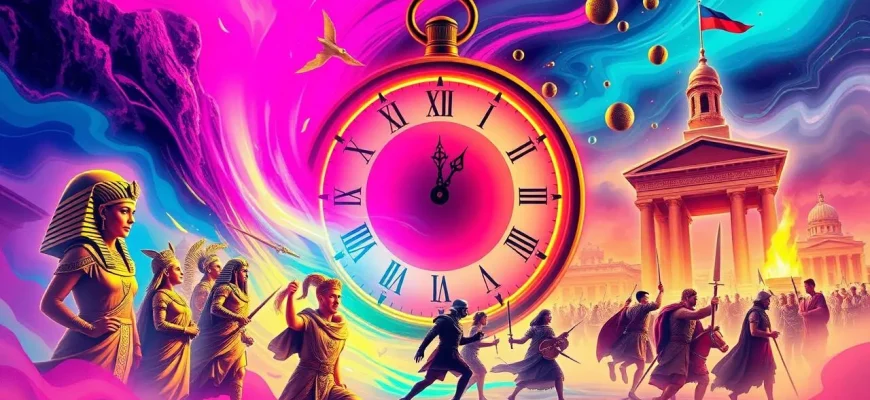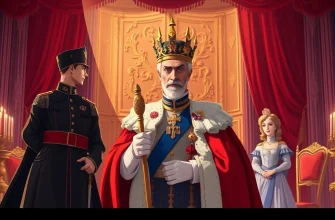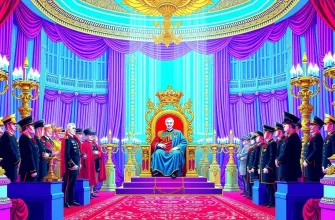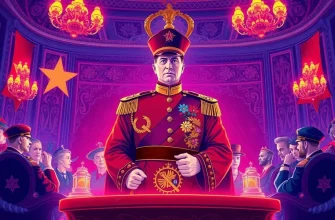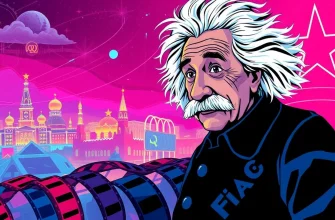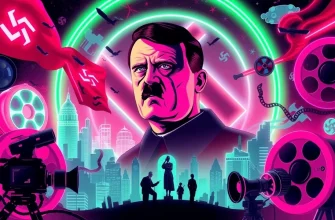This collection of films is a gateway to understanding the past through the lens of cinema. Each film has been chosen for its ability to bring historical events to life, offering viewers not just entertainment but also a deeper insight into the complexities of human history. Whether you're a history buff or simply enjoy compelling storytelling, these films provide a rich tapestry of events that shaped our world.
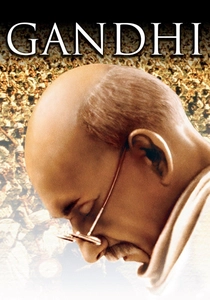
Gandhi (1982)
Description: This biographical film covers the life of Mohandas K. Gandhi, from his early days in South Africa to his leadership of India's independence movement through nonviolent civil disobedience. It's an inspiring tale of peaceful resistance.
Fact: The film was shot in India with a large cast of extras, many of whom were actual followers of Gandhi.
 Watch Now
Watch Now
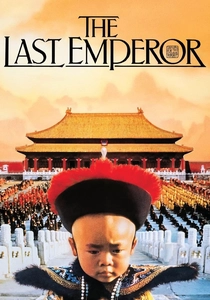
The Last Emperor (1987)
Description: This film chronicles the life of Puyi, the last Emperor of China, from his ascension to the throne at age three to his later life as a gardener in Communist China. It's a sweeping narrative of personal and political transformation.
Fact: The film was the first Western production to be allowed to film in the Forbidden City in Beijing.
 Watch Now
Watch Now
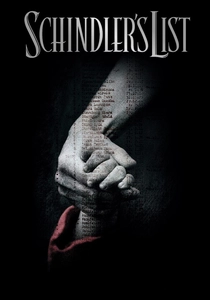
Schindler's List (1993)
Description: This film recounts the true story of Oskar Schindler, a German businessman who saved the lives of over 1,000 Jewish refugees during the Holocaust by employing them in his factories. It's a poignant reminder of the power of individual action against systemic evil.
Fact: The film was shot in black and white to give it a documentary feel, and Steven Spielberg donated his salary to the Shoah Foundation.
 Watch Now
Watch Now
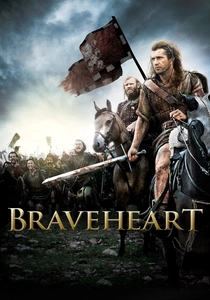
Braveheart (1995)
Description: Mel Gibson stars as William Wallace, a Scottish warrior leading his people in a rebellion against English rule in the 13th century. It's an epic tale of freedom, love, and sacrifice.
Fact: The film was criticized for historical inaccuracies but praised for its emotional impact and storytelling.
 Watch Now
Watch Now
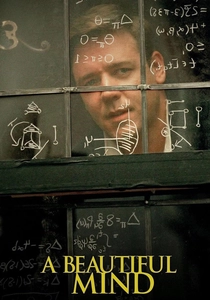
A Beautiful Mind (2001)
Description: While not strictly historical, this film is based on the life of John Nash, a Nobel Laureate in Economics, and his struggle with schizophrenia. It provides insight into the personal and professional challenges faced by historical figures.
Fact: The film's depiction of schizophrenia was praised for its accuracy and sensitivity, though some aspects of Nash's life were dramatized for cinematic effect.
 Watch Now
Watch Now
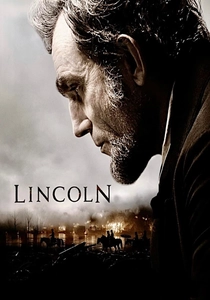
Lincoln (2012)
Description: Directed by Steven Spielberg, this film focuses on the final months of Abraham Lincoln's life, particularly his efforts to pass the Thirteenth Amendment, which abolished slavery. It's a deep dive into political maneuvering and moral conviction.
Fact: Daniel Day-Lewis spent a year preparing for his role, including learning to write with his right hand as Lincoln did.
 Watch Now
Watch Now
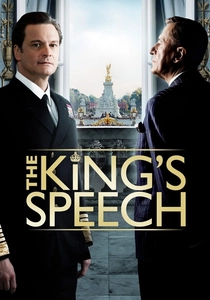
The King's Speech (2010)
Description: This film focuses on King George VI's struggle with a stammer and his relationship with his unorthodox speech therapist, Lionel Logue, during the lead-up to World War II. It's a story of personal triumph and the weight of royal duty.
Fact: The film was based on the real diaries of Lionel Logue, which were discovered by his grandson.
 Watch Now
Watch Now
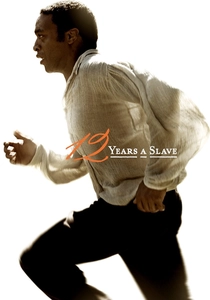
12 Years a Slave (2013)
Description: Based on the memoir of Solomon Northup, this film portrays the harrowing experience of a free black man from New York who was kidnapped and sold into slavery in the pre-Civil War United States. It's an unflinching look at the brutality of slavery.
Fact: The film was shot in Louisiana, where much of the story took place, and many scenes were filmed on actual historical plantations.
 Watch Now
Watch Now
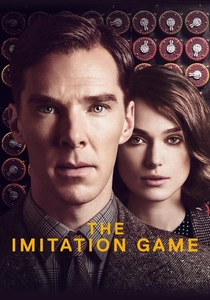
The Imitation Game (2014)
Description: This film tells the story of Alan Turing, the mathematician who cracked the German Enigma code during WWII, highlighting his genius, his personal struggles, and the tragic consequences of his homosexuality in that era.
Fact: The film was partly shot at Bletchley Park, where Turing actually worked.
 Watch Now
Watch Now
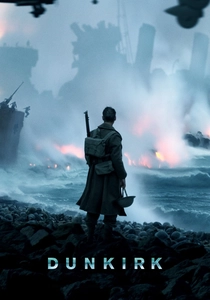
Dunkirk (2017)
Description: Christopher Nolan's film captures the dramatic evacuation of Allied soldiers from Dunkirk, France, during World War II. It's a tense, visceral depiction of survival and heroism under extreme circumstances.
Fact: The film uses minimal dialogue, relying on visuals and sound to convey the intensity of the situation.
 Watch Now
Watch Now

